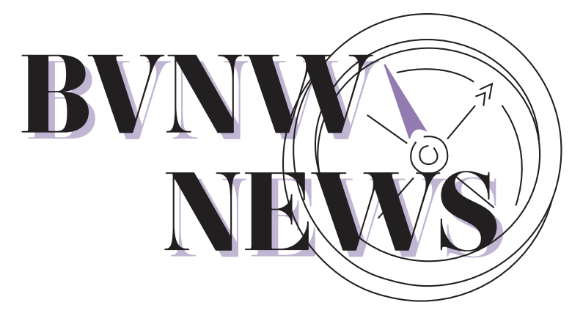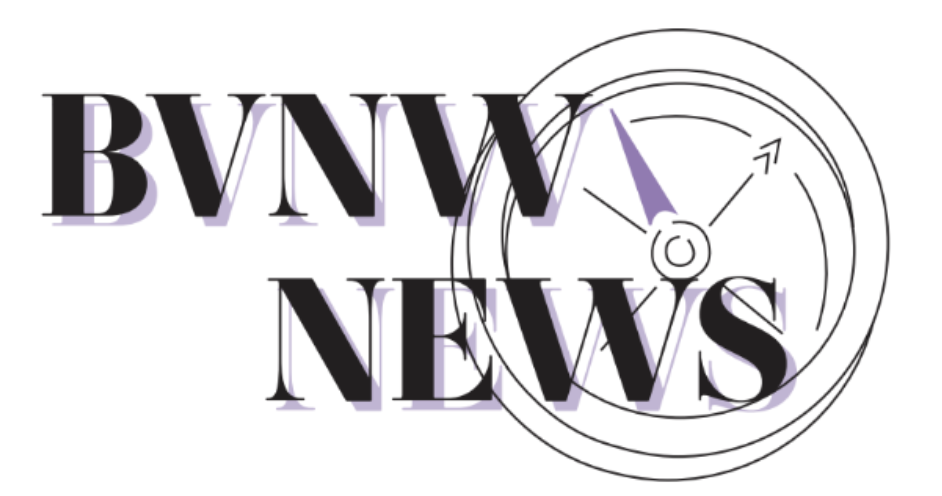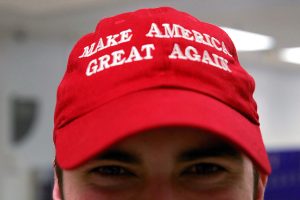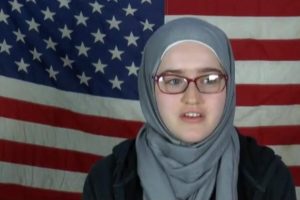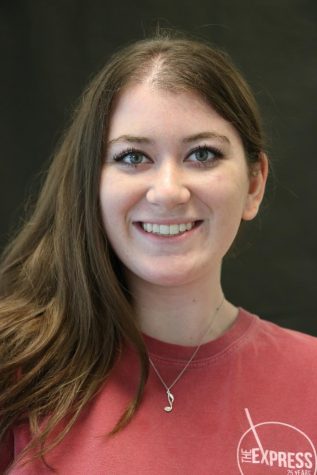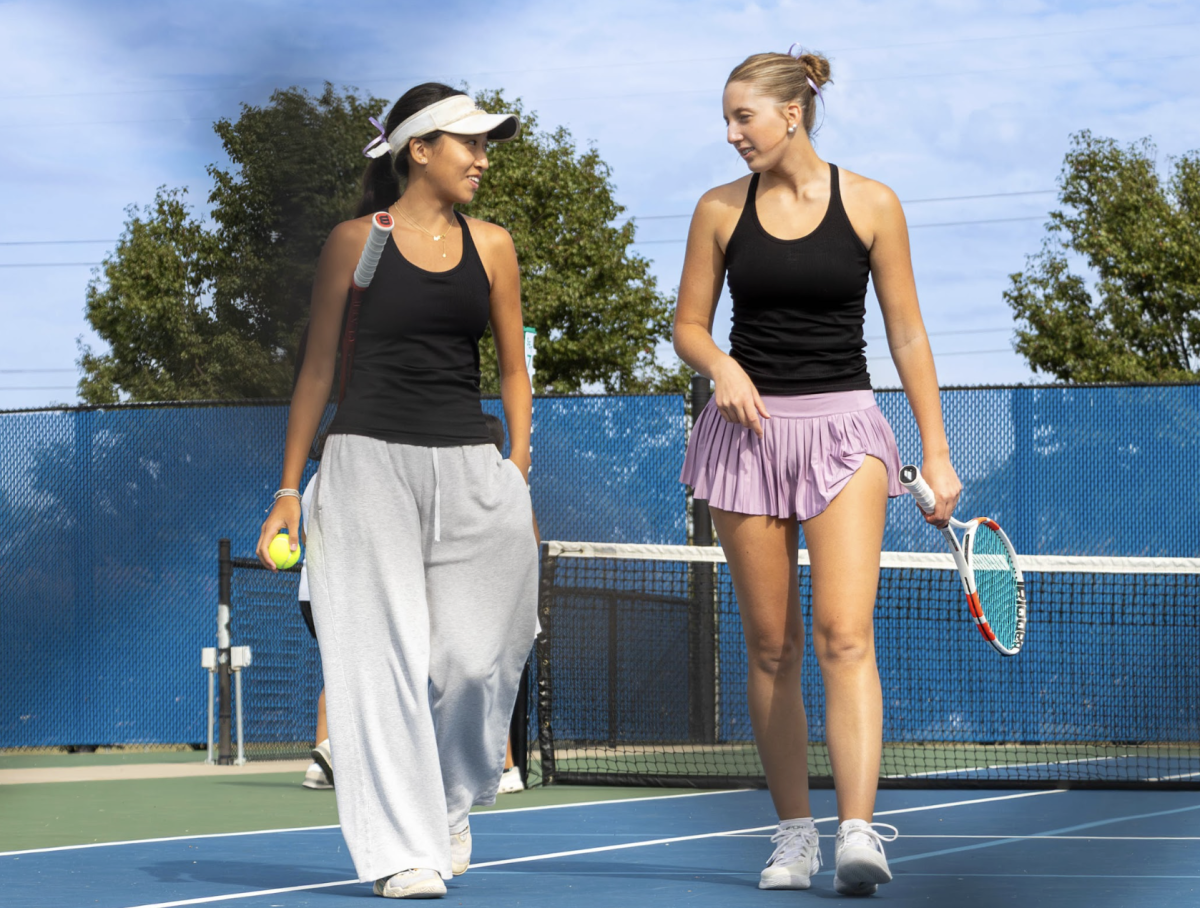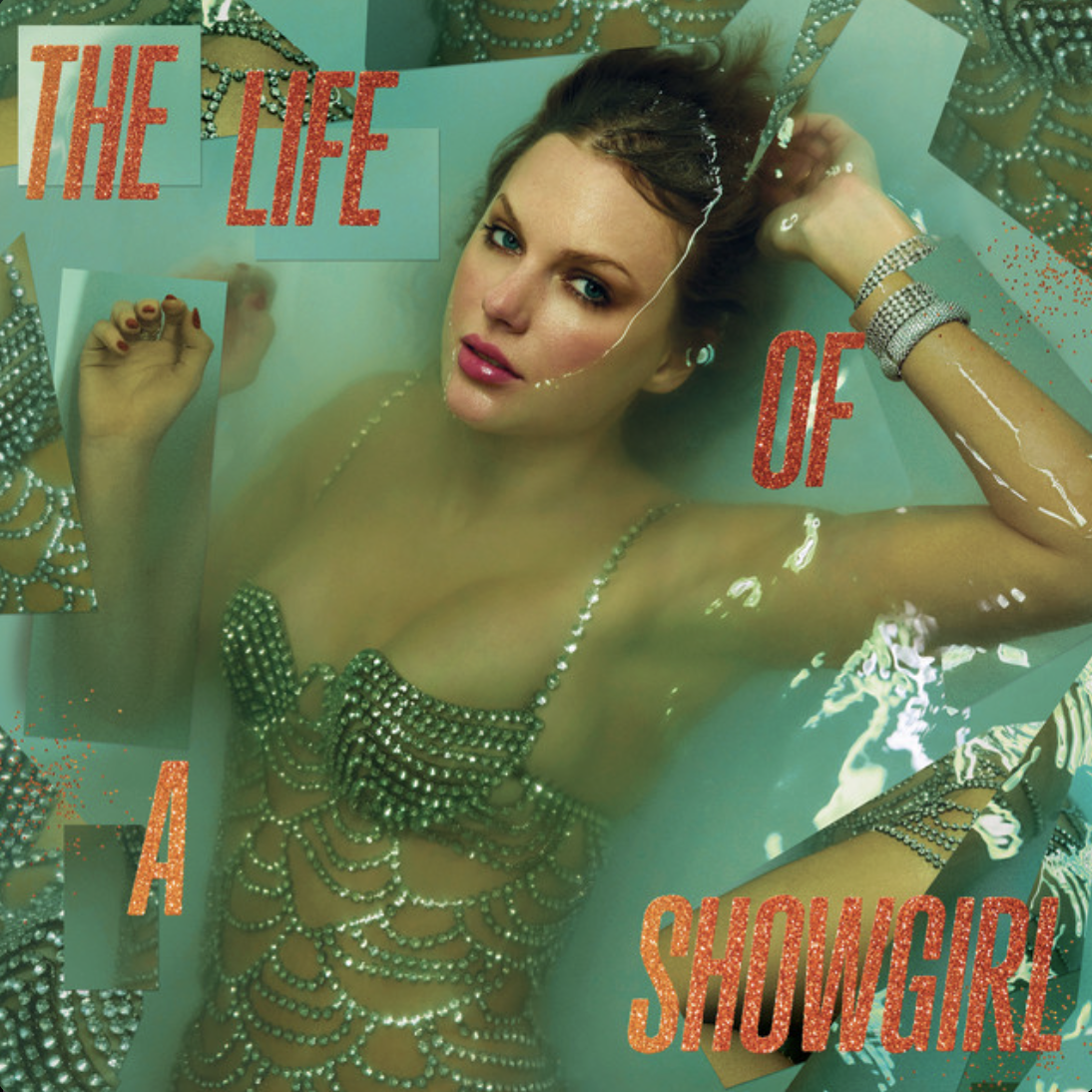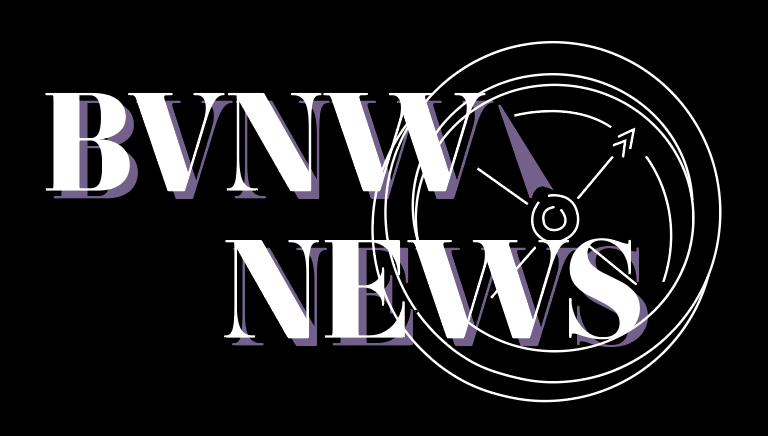Northwest community members discuss the impact of unreliable news
With president Donald Trump being sworn into office Jan. 20, Northwest students and teachers reflect on what role biased and fake news played during the election and throughout their everyday lives.
Abby Loucks and Mary Kiani Nia
January 21, 2017
As the election process unfolded throughout late 2016, the role of fake news and biased media coverage impacted discussions in classes at BVNW according to Northwest history and America Decides teacher Brian Murphy. Murphy said he thought fake news within the media played a significant role in the recent election.
“A lot of times things are blown out of proportion and there are a lot of times [the media] embellish the information that they have,” Murphy said. “And they run with it because it’s sensational.”
Furthermore, Murphy said he believed fake news stories during the election affected how people voted, or people making a conscious decision to not vote.
“I think [media influence] is why a lot of your young people, a lot of your minorities did not vote,” Murphy said.
Senior Anna Kastendick said that during the time when America Decides studied the election, she discovered that every media source had its own personal biases.
“With this past election, I truly believe there was not an unbiased source,” Kastendick said. “Everybody that was writing was doing it for one side or the other. And I think that that was pretty clear.”
During Kastendick’s time in America Decides, she said she noticed the differences in political views among various news networks, which she found to be biased.
“Fox is more skewed Republican and conservative whereas most of the other networks are skewed liberal,” Kastendick said. “So, you know if you want to be pro-Trump then you’d probably lean more toward watching Fox stuff. And then if you’re pro-Hillary, you’d lean more toward CBS or whatever news you go to.”
According to Murphy, CNN Student News is also another biased source people need to be aware of.
“I think that CNN Student News is pretty biased, because it is pretty much geared toward students, and they try to be very even-keeled,” Murphy said.
However, whether a source is biased or not, Kastendick said people should be sure to check multiple sources to ensure the information is accurate.
“I think the best thing I could say is look at more than one source,” Kastendick said. “The whole thing about having the [different political sides is] yes, you can have a whole bunch of sources that all believe the same thing, but at least you know the information you’re getting even if it’s biased, it’s more accurate.”
Sophomore Mark Doyle said he thinks whether someone falls into the trap of fake news depends on the individual person.
“I think it really depends on the person,” Doyle said. “Some people will be like, ‘oh I saw that on the internet so it must be true.’ But then, other people will be like, ‘oh well but it’s from some weird website that I’ve never heard of so it’s probably not true.’”
In general, Doyle said he understands when news is inaccurate as opposed to fake.
“I mean, some people are more susceptible to it than others, but I think overall it’s easier to tell when stuff is fake,” Doyle said.
No matter what political views a person may have, Murphy said he always told students in America Decides that they were capable of challenging every piece of news they saw.
“I told them that ‘yeah…you can always question everything you see,’” Murphy said. “‘Don’t believe everything you hear and see. And don’t take it for granted because a lot of times there’s information out there that is very one-sided.’”
